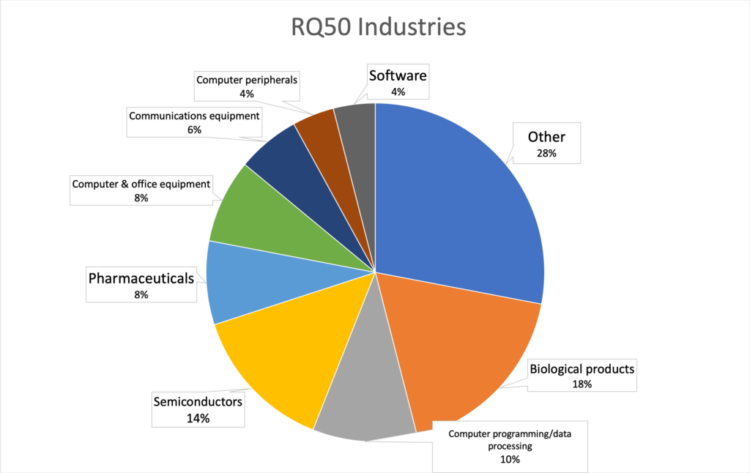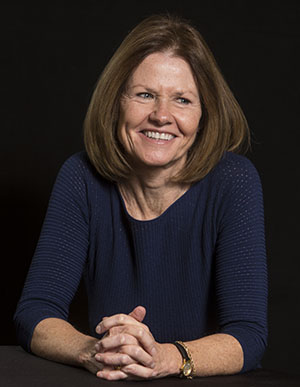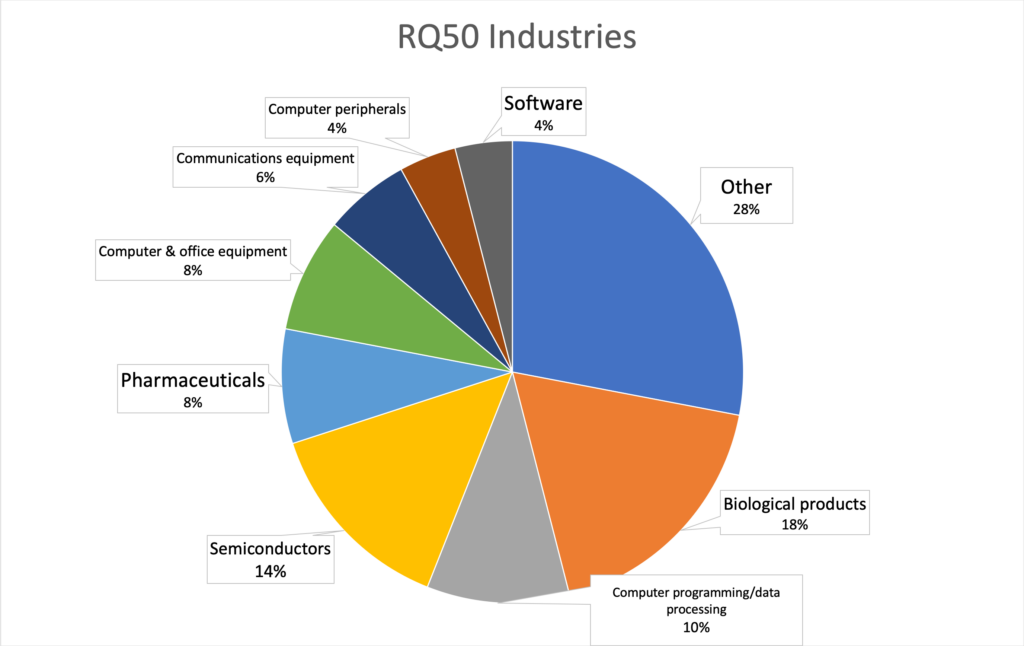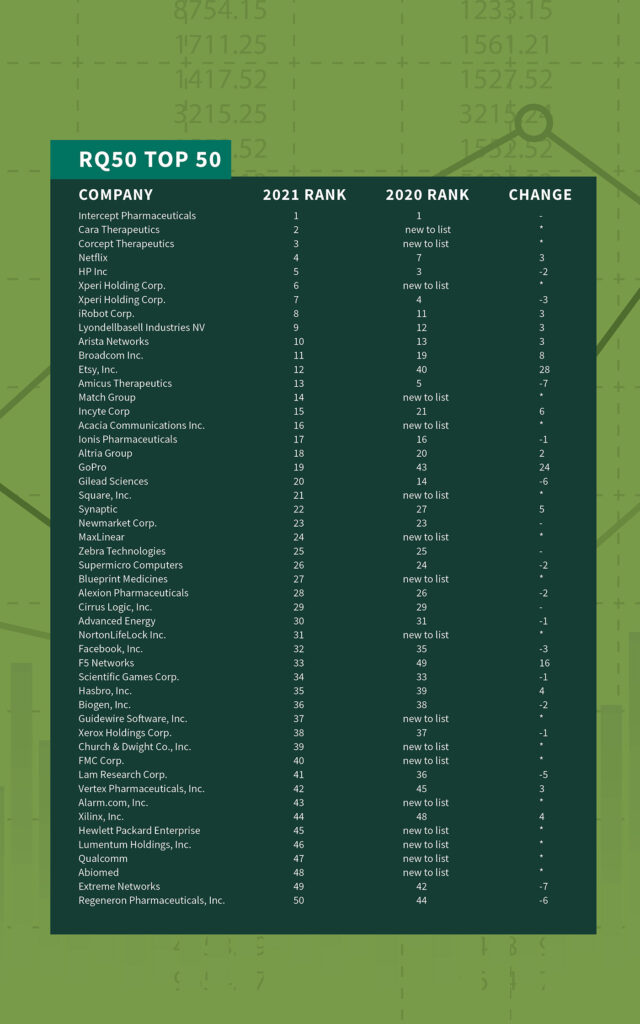Twenty-one new instructors and researchers—including seven postdocs—have joined Olin in accounting, data analytics, economics, finance, operations, organizational behavior and strategy.
Tenured/tenure-track faculty
Adrienne Davis, professor of organizational behavior (also William M. Van Cleve Professor of Law, WashU School of Law) JD: Yale Law School, 1991 Prior to WashU: professor, University of North Carolina School of Law
Fausto Gonzalez, assistant professor of marketing PhD: social-personality psychology, University of California, Berkeley, 2018 Prior to Olin: provost’s postdoctoral fellow, New York University
Teaching faculty/professors of practice
Damon Campbell, teaching professor of data analytics PhD: business administration, emphasis in management information systems, Washington State University, 2008 Prior to Olin: professor of management information systems, Millsaps College
Dedric Carter, part-time professor of practice, strategy and entrepreneurship (also WashU’s vice chancellor for innovation and chief commercialization officer and professor of engineering practice at WashU) PhD: information systems, Nova Southeastern University, 2005 Prior to WashU: senior advisor for strategic initiatives, Office of the Director at the US National Science Foundation
Sharon James, MBA ’89, professor of practice in strategy and entrepreneurship PhD: business administration, strategic management, University of Minnesota, 2007 Prior to Olin: tenured associate professor of management at Arkansas State University
Clive Muir, teaching professor of management communications PhD: rhetoric and professional communication, New Mexico State University, 1997 Prior to Olin: associate professor, Stephen F. Austin State University
Lecturers
Forough Enayaty Ahangar, lecturer, supply chain, operations and technology PhD: industrial engineering, University of Arkansas, 2017 Prior to Olin: postdoc, Cornell University
Rebecca Dohrman, senior lecturer, management and communications PhD: organizational communication, Purdue University, 2010 Prior to Olin: program director/associate professor of communication, Maryville University
Mahsa Mardikoraem, lecturer in supply chain, operations and technology PhD: management science, University of Wisconsin-Milwaukee, 2021 Prior to Olin: instructor/teaching assistant, University of Wisconsin-Milwaukee
Lorenzo Naranjo, senior lecturer in finance PhD: finance, New York University, 2009 Prior to Olin: associate professor, University of Miami
Gerald Onwujekwe, lecturer in data analytics PhD: information systems, Virginia Commonwealth University, 2021 Prior to Olin: instructor/teaching assistant, Virginia Commonwealth University
Esmat Sangari, lecturer in supply chain, operations and technology PhD: industrial engineering and management sciences, Northwestern University, 2021 Prior to Olin: graduate teaching assistant, Northwestern University
Sakya Sarkar, senior lecturer in finance PhD: finance, University of Southern California, 2015 Prior to Olin: visiting assistant professor, Indiana University-Bloomington
Visiting faculty
Alyssa Xingye Liang, visiting assistant professor of organizational behavior PhD: management, National University of Singapore, 2019 Prior to Olin: assistant professor of entrepreneurship, Vrije Universiteit Amsterdam
Postdocs
Swaminathan Balasubramaniam, postdoc in finance PhD: finance, WashU Olin, 2021 Prior to Olin: WashU Olin teaching assistant
Bright Gershion Godigbe, postdoc in accounting PhD: accounting, City University of Hong Kong, 2021 Prior to Olin: course instructor/grader, City University of Hong Kong
Lina Han, postdoc in finance PhD: finance, WashU Olin, 2021 Prior to Olin: PhD research fellow, Luohan Academy, Ant Group
Miao He, postdoc in finance PhD: finance, Tulane University, 2021 Prior to Olin: instructor/teaching assistant, Tulane University
Lingfei Kong, postdoc in finance PhD: business administration, finance, University of North Carolina at Charlotte, 2021 Prior to Olin: instructor/teaching assistant, University of North Carolina at Charlotte
Jerry Mathis, postdoc in accounting PhD: accounting, University of Michigan, 2021 Prior to Olin: instructor/teaching assistant, University of Michigan
Landon J. Ross, postdoc in finance PhD: finance, WashU Olin, 2021 Prior to Olin: analyst, Green Plains Renewable Energy


















